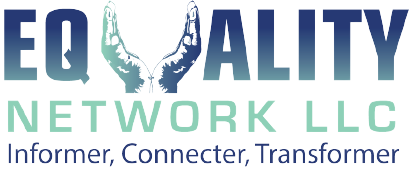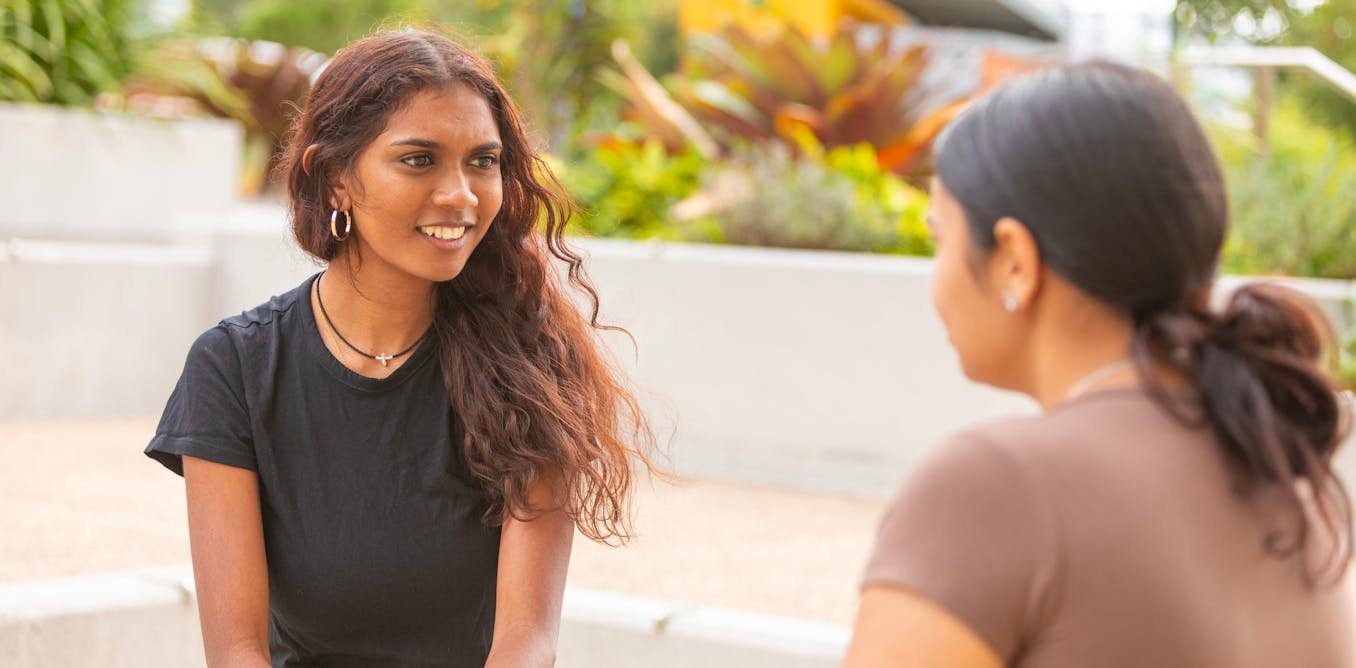Statistics showing Indigenous school students in a negative light are regularly reported in the Australian media and policy debates. We often hear how Indigenous students “trail” their non-Indigenous peers in NAPLAN results and how there are persistent “gaps” when it comes to finishing high school.
These messages unfortunately reflect a common bias against Indigenous Australians in the community. These stereotypes – such as “Indigenous people aren’t interested in education” – often seep into schools, creating obstacles for Indigenous students.
Until now we have not had a lot of quantitative evidence on Indigenous students’ actual attitudes towards education.
Our new research, based on a survey of more than 500 WA secondary students, shows Indigenous students care about their school education and want to complete Year 12.
But they continue to face obstacles to completing education, including equal access to computers, varied support for their Indigenous culture, and needing to complete high school away from home.
Why teachers’ expectations matter
We know there are many systemic barriers which can affect Indigenous students’ school completion. Indigenous students are more likely to go to a rural school, where education is less accessible and schools are less well resourced.
Racism also remains widespread in Australian schools.
Research shows it is common for Australian teachers to believe Indigenous students are not interested in education or are unlikely to achieve academically. When students face these attitudes from their teachers, it can lower their motivation.
This harms students’ wellbeing, engagement with school and academic outcomes.
Read more:
‘Once students knew their identity, they excelled’: how to talk about excellence in Indigenous education
Our research
Our study surveyed 536 students from 14 secondary schools in Western Australia. Most participants came from remote or regional WA, although many attended boarding schools in Perth or regional towns.
Students were in years 8 to 12 and went to Catholic or independent schools. We weren’t granted access to the public school system for these interviews. This means the results were skewed towards families who had opted out of the public school system. Some families had done this for religious reasons or to access boarding opportunities.
Although the schools were private, they were not all “leafy-green” or privileged. Some were in remote communities, and others served working-class families.
Indigenous students and non-Indigenous students in our study attended schools of equal socioeconomic status. Indigenous students across Australia typically attend schools that are less well resourced, which means that the problems faced by Indigenous students may be larger than what our study found.
The study compared students’ experiences at school with their beliefs about education. It aimed to understand how Indigenous and non-Indigenous students’ experiences shape their education aspirations. We used statistics software to analyse the data.
Indigenous students think school is important
Indigenous students and non-Indigenous students reported similar, positive responses when asked whether it was important to complete Year 12.
They also reported similar, positive responses to questions about their family’s support for school, future aspirations to study and belief about their ability to make something of their life.
Our results showed Indigenous students have strong self-belief and motivation.
Indigenous students were more likely to value school attendance and completion than non-Indigenous students. This is an important finding, as it shows “disinterest” is not the cause of differences in school completion.
Less access to resources
Despite attending equivalent types of schools, Indigenous students in our study still faced more barriers than non-Indigenous students when it came to their education.
They reported less frequent access to computers and internet to do their homework. On average, Indigenous students said they could access these tools only “some of the time”, while non-Indigenous students said they could access them “most of the time”.
Indigenous students were also less likely to have family members who had completed secondary or tertiary education. Our school system often assumes students can access academic support at home, but this is not equally the case for all students.
Indigenous students were more likely to have had to leave home to complete high school, including going to boarding school. This means Indigenous students were more likely to be away from family support networks when they were studying. This can affect students’ ability to focus at school, especially during challenging times such as Sorry Business.
What was students’ experience of school?
We asked students about the support schools provided around homework and career planning, their sense of belonging at school, and whether their school had a positive culture in general and promoted Indigenous culture specifically. We also asked about staff-student relationships.
On these measures, we found there were actually greater differences between schools than between Indigenous and non-Indigenous students. This suggests school quality is an important factor in outcomes for Indigenous students.
When students feel respected and supported by their teachers, they’re more likely to stay engaged – and that’s especially true for Indigenous students.
Indigenous students in our study were three times more likely than other students to say the quality of relationships with teachers influenced their school attendance.
Indigenous students also reported that when teachers were culturally responsive (connecting students’ culture with what and how they were learning), it had a positive impact on their motivation and school resilience.
Beyond our study, Indigenous students are more likely to attend public schools and rural schools, which typically have less funds. Rural schools often have high turnover of staff, which makes it harder to build good staff-student relationships.
Yet we found some schools in our study, despite funding issues or remote location, had strong school cultures. They had developed culturally responsive approaches which improved Indigenous students’ sense of belonging.
The gap is access, not aspiration
Our research supports other studies that argue Indigenous students do not need assistance to develop aspirations around their education.
Instead, they need adequate schooling resources such as internet and computers, and responsive educators who enable their current aspirations to be achieved successfully. The education “gap” is in access, not aspiration.

Felecia Phillips Ollie DD (h.c.) is the inspiring leader and founder of The Equality Network LLC (TEN). With a background in coaching, travel, and a career in news, Felecia brings a unique perspective to promoting diversity and inclusion. Holding a Bachelor’s Degree in English/Communications, she is passionate about creating a more inclusive future. From graduating from Mississippi Valley State University to leading initiatives like the Washington State Department of Ecology’s Equal Employment Opportunity Program, Felecia is dedicated to making a positive impact. Join her journey on our blog as she shares insights and leads the charge for equity through The Equality Network.




